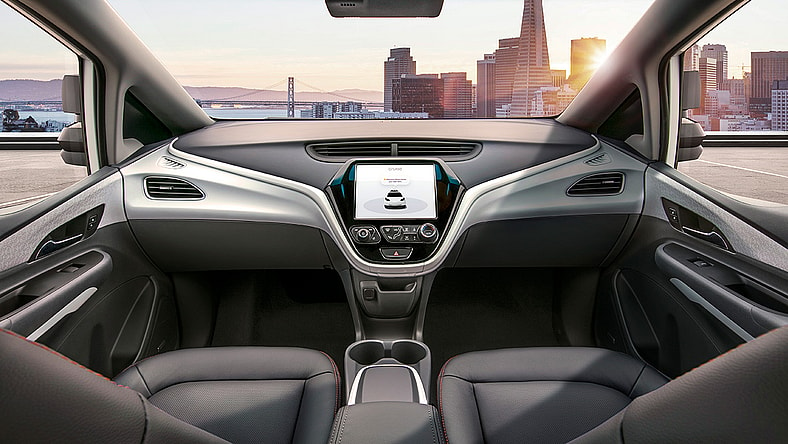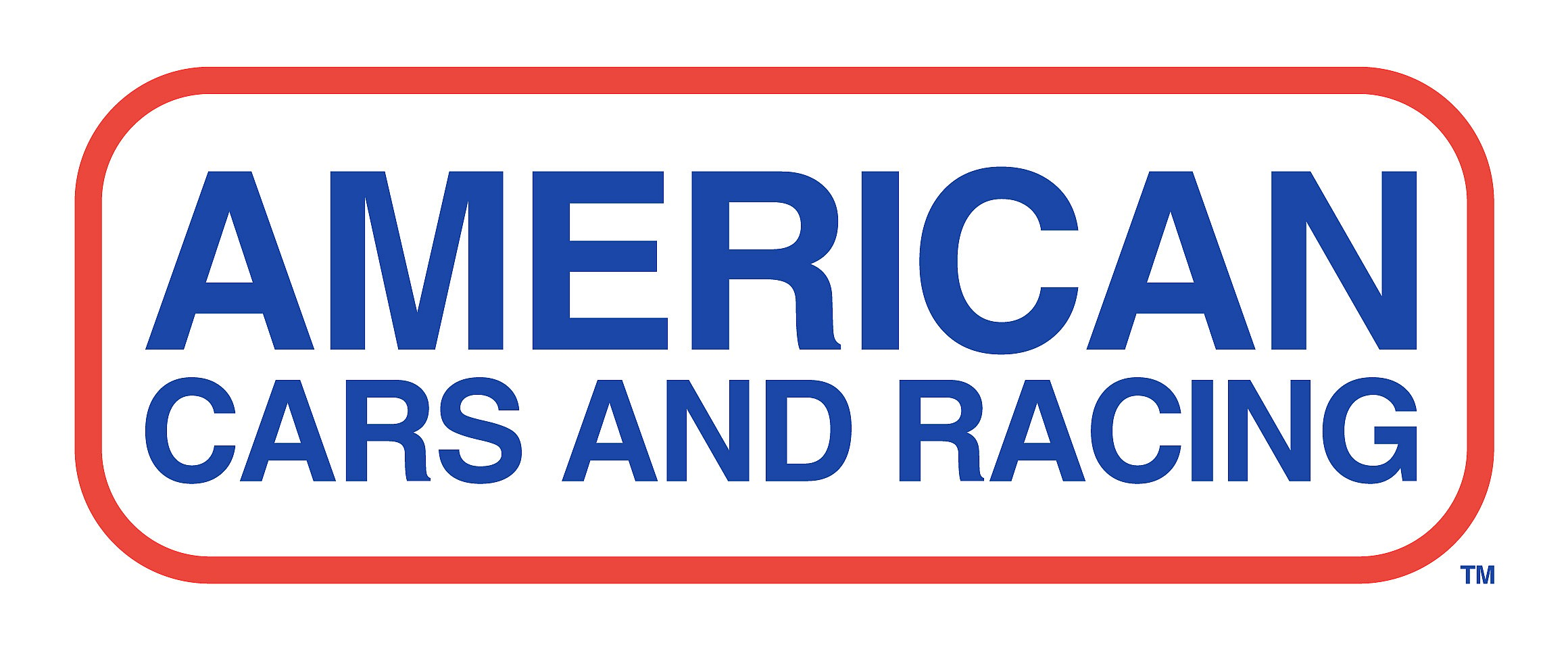GM Wants Its Autonomous Cars To Be Role Models

General Motors just made getting a drivers license harder … for self-driving cars.
GM CEO Mary Barra highlighted the revival of the automaker’s Cruise autonomous vehicle division during the company’s second-quarter earnings call.
Cruise was forced to pause its driverless ride-hailing operations last November in the wake of an accident in San Francisco involving a pedestrian, but it has since restarted testing the vehicles with human supervisors onboard in Austin, Dallas and Phoenix.
Barra also announced that plans to build the electric Cruise Origin shuttle, which doesn’t feature any controls for a human driver, have been indefinitely suspended in part due to the uncertainties surrounding its regulatory approval.
Related: GM IS PARKING ITS AMBITIOUS CRUISE ORIGIN DRIVERLESS VEHICLE
But Cruise isn’t giving up on driverless cars. It just wants to make sure they are better than average drivers.
“As you look at what’s happening with artificial intelligence applications across many industries, customers have an expectation of higher performance from technology than they necessarily do in our case for other human beings,” Barra said.
“And so our target now instead of being better than average driver is to be better than a role model driver. And tremendous work has gone on over the last few months. So as we are rolling out now in the three cities I mentioned, the technology is much more advanced to be better than a role model driver.”
Tesla and CEO Elon Musk often compare the safety of the company’s Full Self-Driving (FSD) feature to the average driver, recently posting to X “with FSD Supervised enabled, the chance of an accident is around 5x lower compared to the US average in 2023.” Barra’s use of “role model driver” instead of “average” suggests that GM is setting a higher bar.
Related: TESLA ROBOTAXI REVEAL DELAYED UNTIL OCTOBER 10, ROADSTER STILL COMING NEXT YEAR
FSD will be the operating system used the Tesla Robotaxi that is now scheduled to be revealed on October 10, which Elon Musk predicts will be capable of driverless operation by the end of this year or sometime next year.
Barra didn’t put a timeline on when Cruise might resume driverless operations, but implied that it wouldn’t be too long before it does.
“We’ve also expanded our safety metrics to make sure it measures across many scenarios. So I’m very confident as we now have vehicles operating and we’re on the path very quickly to get to, back to driverless with much safer technology, again, getting to this better than a role model driver,” Barra said. “So when I look at that, we can provide an exceptional driver experience as we continue to grow.”
Barra added that GM is also “laser-focused” on “personal autonomous vehicle” opportunities, but did not say when or if it plans to offer autonomous features to retail customers that are more capable than the supervised Super Cruise system that’s currently available.
